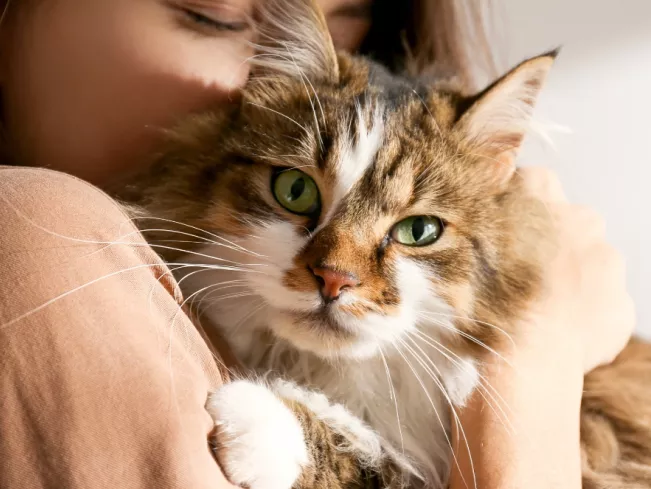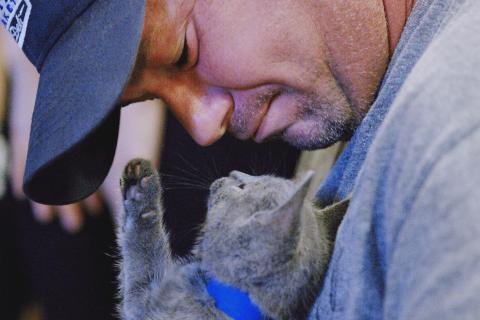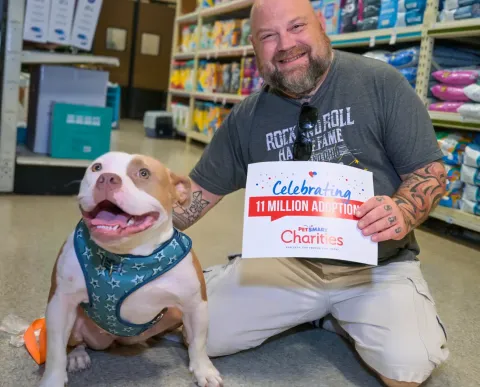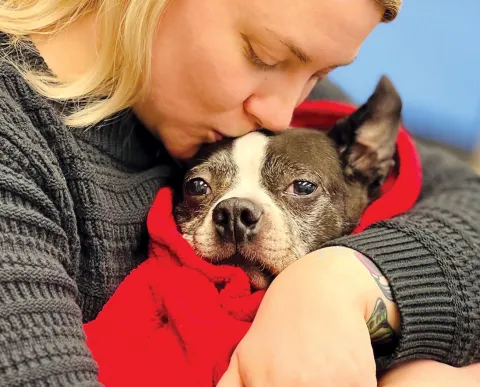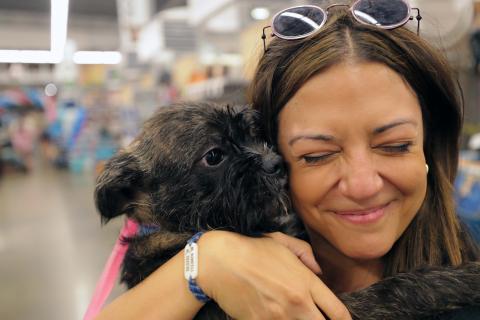Many see change and innovation as the same thing, but I believe they are distinctly different. Change may be a key driver of innovation, while at the same time, innovation most certainly drives change. Change is happening around us multiple times every day, often in ways we can’t control, but innovation is an opportunity to actively look for something new and impart positive change. Innovation is visualizing and creating a new process or product in a way that positively impacts the work that you do. And it’s a critical practice for continued growth and success.
The impacts of innovation have been proven multiple different ways. Innovation helps businesses differentiate themselves, stay relevant in the current environment, increase revenues, decrease costs, improve quality and so on. Innovation however doesn’t just help traditional businesses but impacts all professions, and veterinary medicine is certainly no different.
At PetSmart Charities, I’m fortunate to focus my time and energy on improving access to veterinary care, an issue that impacts more than 50 million pets in this country each year. That means people are impacted, too. Our research found that if each of these pets were to get some level of acceptable care in the current ecosystem, the costs would be staggering (over $20 billion annually, with a combined animal welfare grant budget of national welfare organizations at about 125 million annually). No single organization can manage this necessary transformation alone.
The critical need for building more accessible veterinary care cannot be solved without involvement from all aspects of veterinary care and cannot be solved within the current system of veterinary medicine. To fix this dilemma, together we need to:
- Be innovative and challenge the current way of doing things with an all-hands-on-deck approach!
- Critically evaluate how we can improve efficiencies to reduce cost of care.
- Become experts in personalized care where we work with pet owners to provide an option that makes sense for their situation, aka Spectrum of Care approach.
- Evaluate how we can reach rural communities or those communities in need, all while addressing the systemic impacts associated with the shortage of veterinarians and veterinary technicians.
Innovation associated with access to veterinary care can and will include lots of different ideas, services, technology platforms, etc., and will continue to adjust and evolve as we advance the profession. With nearly half of dogs and cats living in households with annual incomes of less than $55,000 per year and 83% of pet owners reporting difficulties with covering veterinary costs, we have to take a hard look at how to alleviate the financial burden of care. This most certainly does not imply that we don’t charge fairly for the services we provide, or that we don’t offer quality care, but it does mean that we need to look at other options.
As an example, we are currently evaluating the use of payment tools that more adequately meet the needs of pet owners and veterinarians and would allow for payment of veterinary bills over time. We are also exploring practice models that may improve efficiencies such as single service models e.g., dental only, or surgical only models. We believe that other financial tools, such as pet insurance, will open more access to care and are exploring how we can improve the current insurance models to better meet the needs of both pet owners and veterinarians.
Beyond financial barriers, there are other significant challenges associated with accessing care such as physical proximity to a veterinarian. Many areas of the country either do not have a single veterinarian, or the veterinarians in the community cannot take on additional clients. Like “food deserts” where nutritious, affordable choices are lacking, these areas are often referred to as “veterinary deserts.”
We also know that in many communities, transportation of pets to veterinary clinics as well as limited hours of operation of veterinary clinics can significantly impact the ability of a pet parent to get their family member the care that they need. In recent months, we have seen an increase in the number of veterinary schools being planned to help offset the veterinary shortage, but this alone will not solve the problem. We will need to explore other tools such as telemedicine and AI capabilities as well as expansion of the skills and expertise of veterinary technicians to increase the reach of service providers.
While new, innovative practice models and tools are exciting and will transform veterinary medicine as we know it, we also realize that these changes can be met with mixed emotions. Some people consider themselves innovators, the drivers of new ideas, while others feel that they can’t keep up with innovation. However, we are all innovators in some way or another. Trying something new, even if just a small adjustment, can have positive impact on the world around us. Although your innovations may not solve world hunger or global warming, focusing innovation on things you can affect may have profound impact on those around you. Small improvements eventually lead to bigger and better ideas that may one day solve the access to veterinary care gap.
And that’s good... For Pets. For People. For Good.


